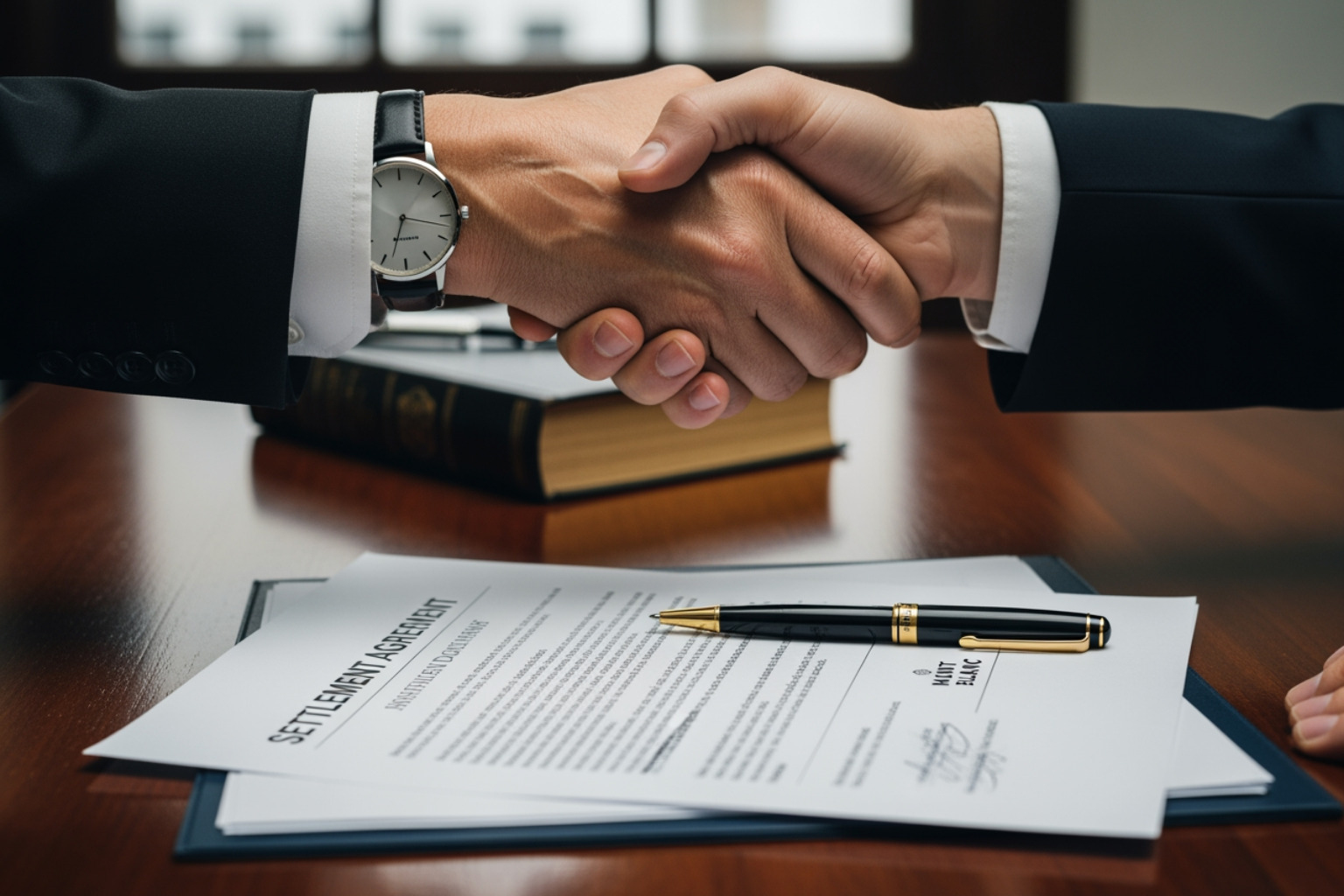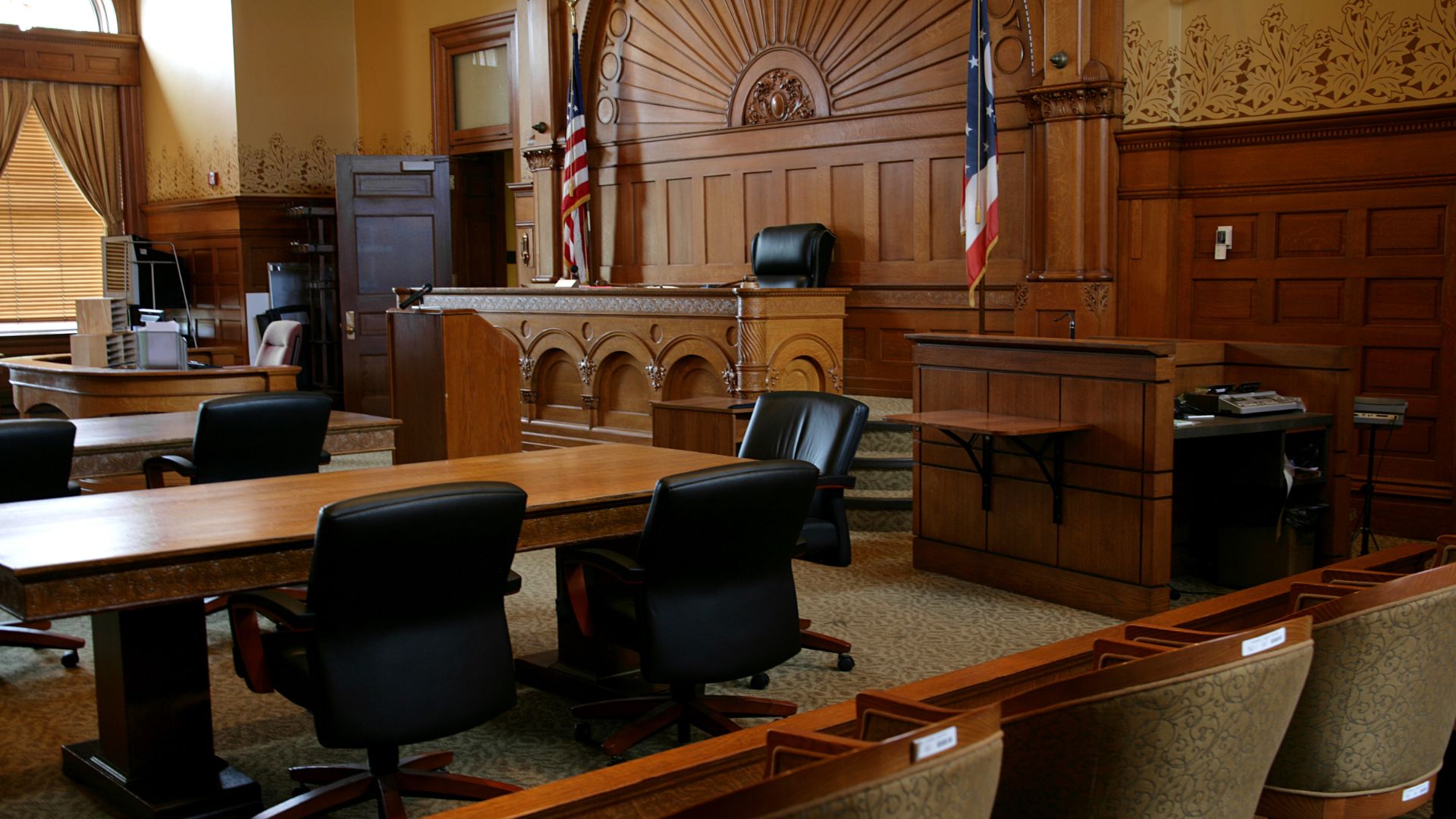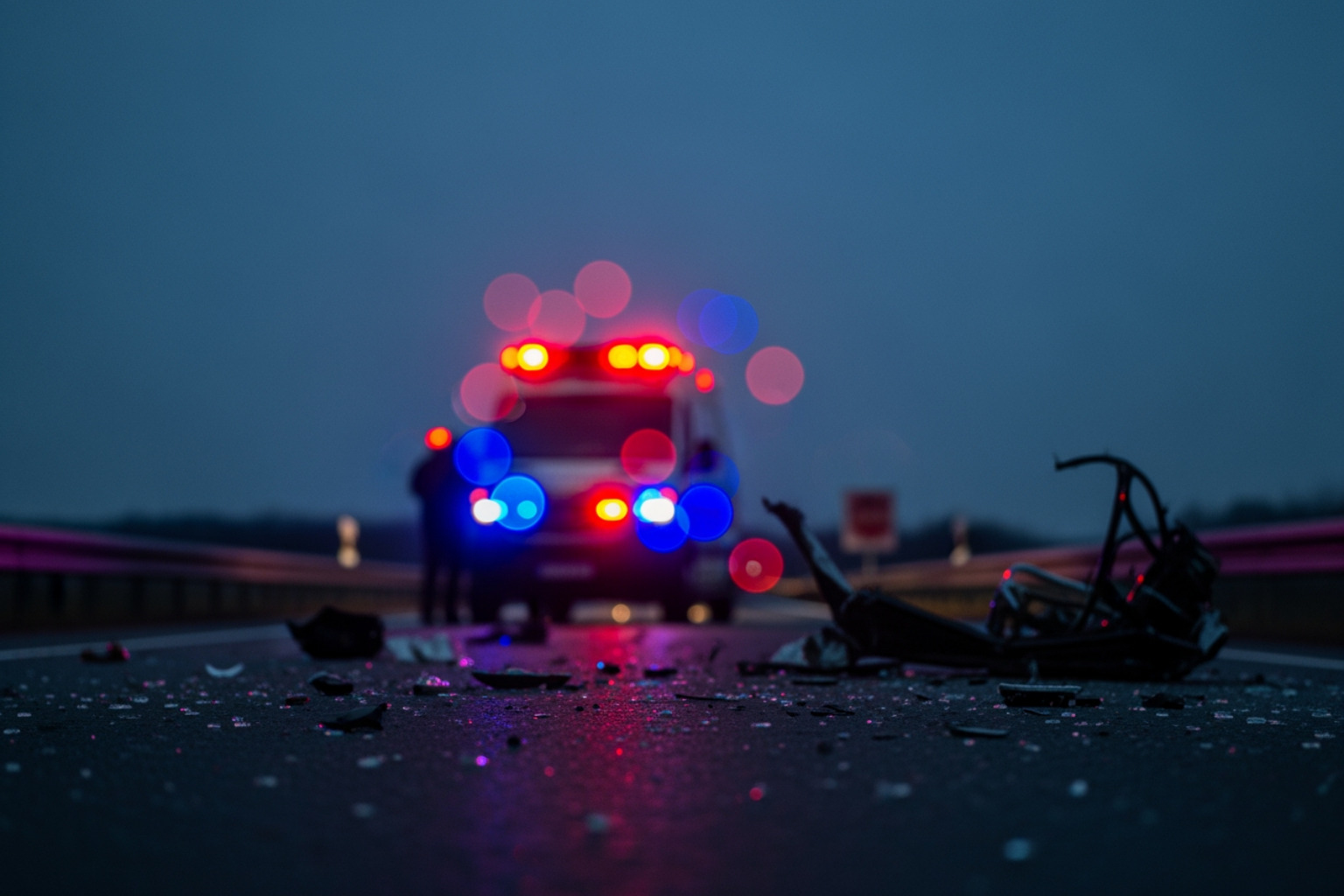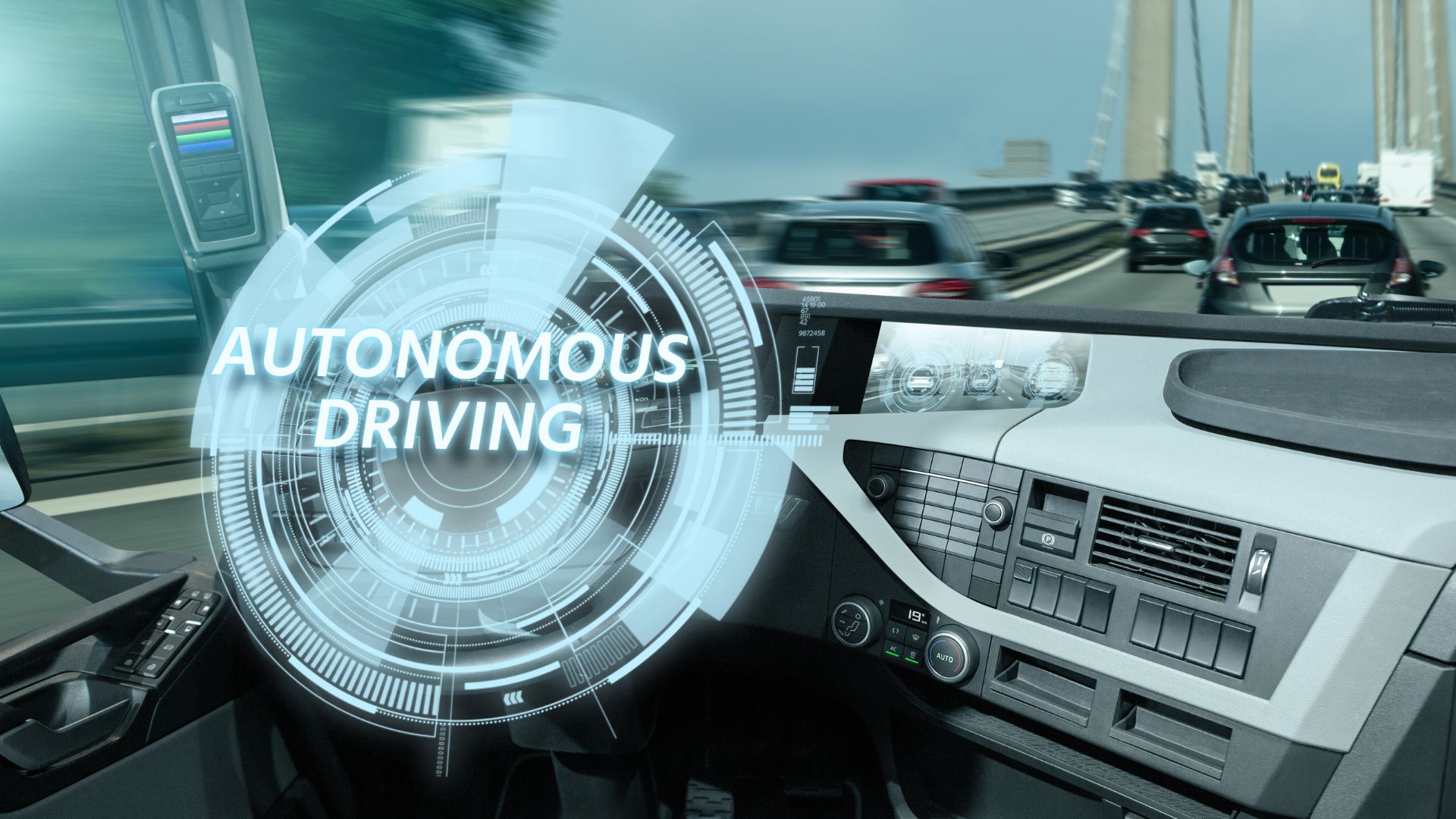You just survived a crash involving a car with driver-assist or “autonomous” features. What do you do first? Many people make simple but fatal errors that weaken their case before the smoke clears.
If your life, your health, or your family is on the line, avoid these self-driving accident mistakes. Knowing what not to do can save your rights down the road.
1. Letting the Car Be Moved or Repaired Without Documentation
The vehicle could be your most critical evidence. The system logs, sensors, cameras, and wiring may all hold traces of what went wrong. If someone moves the car, restarts it, or repairs parts before data is preserved, valuable evidence disappears.
Better choice: insist that the vehicle remain in place (if safe) or under preservation order and secured in a way that retains system data.
2. Failing to Ask for a Software and Sensor Log Download
Unlike typical cars, self-driving vehicles generate software logs, sensor outputs, and AI decision records. That is often the strongest evidence in a proving fault in a self-driving car accident claim.
Many people don’t demand that right away. We’re here to emphasize that you should, because the longer you wait, the more likely logs will be overwritten or encrypted.
3. Ignoring or Deleting Video Footage
The car’s built-in cameras might record visuals before, during, and after the crash. If you don’t ask for that footage quickly, it may be lost, reused, or overwritten. That’s critical evidence after a car crash you can’t afford to lose.
4. Letting Statements Be Taken Without Counsel
Insurance adjusters show up. Investigators ask you to recall what happened. They film video interviews.
That’s how narratives begin. Without your attorney present, your words can be used against you. Before you give a recorded statement, call a legal team that knows how self-driving accident mistakes get trapped in language.
5. Assuming the Manufacturer Will Cooperate
You might hope the carmaker or autonomous system company shares data freely. Don’t bet on it. They often claim trade secrets or data privacy to refuse or delay. Many cases force preservation letters, subpoenas, or legal motions just to get access.
6. Overtrusting What the System Told You
You probably heard a tone, a signal, or “hands-on-wheel” warning before the crash. Maybe the system alerted you to “take over.” Some folks think that warning means the system was flawless up to that moment. That’s not true. Warnings might come after the system was already failing. Believing the alerts shielded the system is a mistake.
7. Waiting Too Long to Start the Claim
Time kills evidence. Memories fade. Data expires. Legal rights time out. Waiting gives the defense an advantage. The best moment to act is immediately.
Why These Mistakes Matter in Autonomous Cases
In a case involving advanced systems, your legal team must reconstruct what the car thought, what it saw, and what decisions it made. That demands evidence; not assumptions.
What Georgia Families Should Do Instead
- Immediately preserve the car and its systems.
- Request all logs, camera footage, and sensor data.
- Document the scene thoroughly with photos, measurements, witness info.
- Do not give recorded statements or sign releases without your lawyer.
- Act fast: don’t let time steal your rights.
To understand exactly what should be done after a self driving crash, visit our Self Driving Vehicle Accidents page. It outlines the evidence we secure, the steps we take immediately after a collision, and how we protect clients before manufacturers can spin the narrative.
If you or a loved one was injured in a crash involving a self-driving or driver-assist vehicle, don’t let mistakes after a self-driving car crash weaken your case. Get a legal team that understands both the technology and the law.
Contact us. We’ll dig into the data and expose what went wrong.





